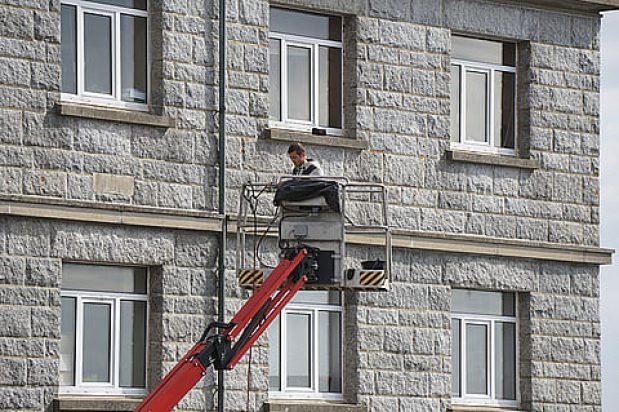Revolving funds and auctioning – Austria, Czechia, France, Poland, Slovakia and Slovenia

Revolving funds are a strong catalyst of energy-efficiency renovation in several countries. While they function in different ways, the general idea is that they provide low-interest loans to qualified owners and developers constructing and/or renovating (affordable) housing units.
Description
Funds may be used to provide a loan for the development, construction, acquisition, preservation, substantial rehabilitation, or energy renovation of housing units.
Not-for-profit social and public housing providers operate business models that build maintenance costs into the regular rent paid by their tenant. This ensures that assets are well-maintained and kept up to standard, including in terms of energy efficiency. If maintenance funds are built up over time, then they can help to ensure that major renovations do not need to lead to a meaningful increase in rents or sudden affordability issues for tenants. These maintenance funds can, thus, be considered as a type of revolving fund. These funds should be complemented by good governance structures, which outline how the maintenance and upgrade will be managed.
One example of well-maintained, affordable, energy efficient housing is provided by Austria. This country’s success in producing social housing can partly be explained by its limited-profit business model and mission-focused governance. The legislated and cost-capped rent system promotes efficiency, and land policies, conditional grants and long-term low-cost financing ensure affordability for households.
Modest revenue surpluses can be accumulated by Austrian limited-profit housing associations (LPHAs), for example by a flat-rate rent in the housing stock where loans have been repaid with 3.5 per cent interest on LPHA equity invested. There is also a building-specific renovation fund (Erhaltungs- und Verbesserungsbeitrag (EVB) – “conservation and improvement contribution”), and payments must be used within 20 years or be returned to the tenants. For example, a typical social rent in Austria would be around EUR 7.20/m2 and the EVB ranges from EUR 0.53 to 2.13/m2 depending on the age of the building. The LPHAs may not use funds from the EVB to invest in new construction.
There are, of course, limitations on the operating surpluses that can be generated from rents. They cannot be withdrawn by shareholders, and compliance is reinforced by tenant democracy and the annual auditing of operations. Non-compliance can involve harsh penalties, including forced mergers and even deregistration. Overall, the Austrian regulatory approach is designed to drive efficient, mission-focused housing outcomes that employ resources to promote affordability, well-maintained assets and growth in supply over both the short- and longer-term.[1]
The Lithuanian urban development fund, which was set up in 2009 for multi-apartment buildings, illustrates how a revolving fund works in practice. The fund offers preferential loans at a fixed (subsidized) 3 per cent interest rate, with a 20-year maximum maturity, a two-year grace period and a 15 per cent grant in the form of a write-off for energy savings above 20 per cent and reaching class D in energy efficiency. There is a 25 per cent grant for savings levels above 40 per cent.
Grants are allocated to eligible low-income families from state funds. Homeowner associations can also take up the subsidized loans and grants delivered by the fund and then repay the loans to the fund. The main lessons learned were at the start, the lack of well-organized housing associations that slowed down the uptake of the grants; it was impossible for loans to be granted for whole buildings; and, with single loans, the system was not manageable. This helps to reinforce the importance of “collective” housing structures (i.e. social, public, cooperative and condominium owner-occupancy housing) in the quick and efficient rolling-out of large-scale renovation schemes.
Similar financial schemes exist in several other countries, for example, Czechia,[2] Poland, Slovenia and Slovakia. Countries such as France use the revenues from the auctioning of CO2 allowances owned by the State to finance the thermal renovation of buildings.
Scale
National
More information
[1] For details of how this system works, see https://www.ahuri.edu.au/__data/assets/pdf_file/0014/3119/AHURI_Research_Paper_International_measures_to_channel_investment_towards_affordable_rental_housing_Austrian_case_study.pdf.
[2] State Environmental Fund of the Czech Republic, “New Green Savings Programme”. Available at https://www.sfzp.cz/en/administered-programmes/new-green-savings-programme/.

An initiative of:


